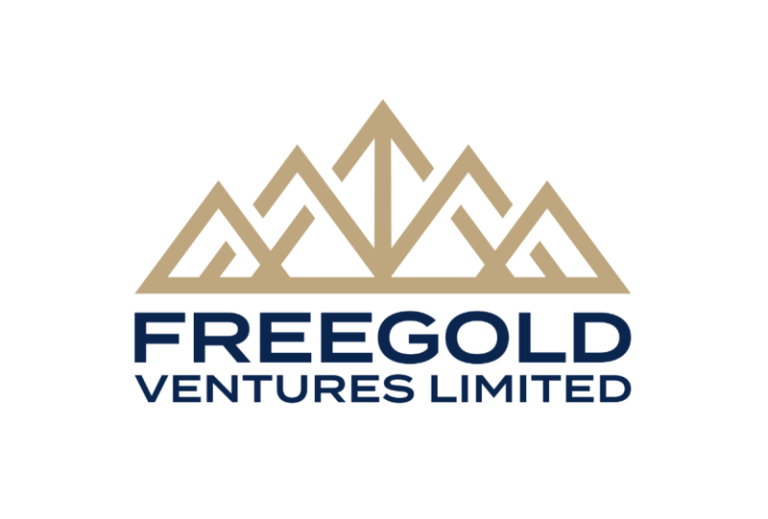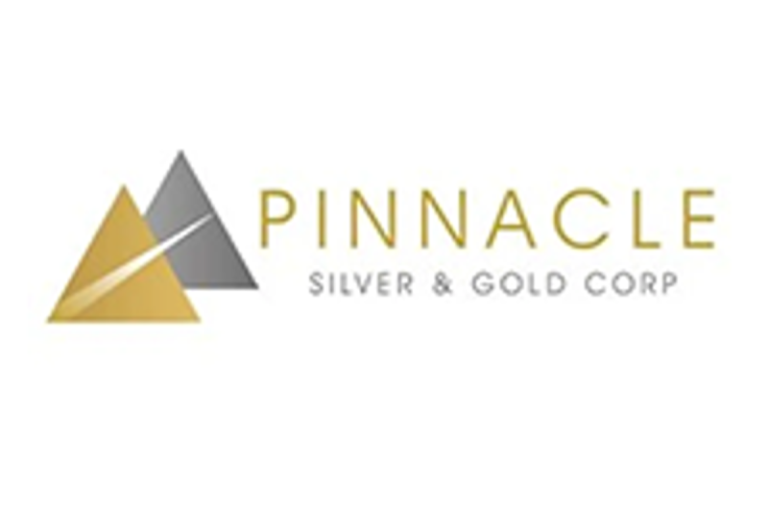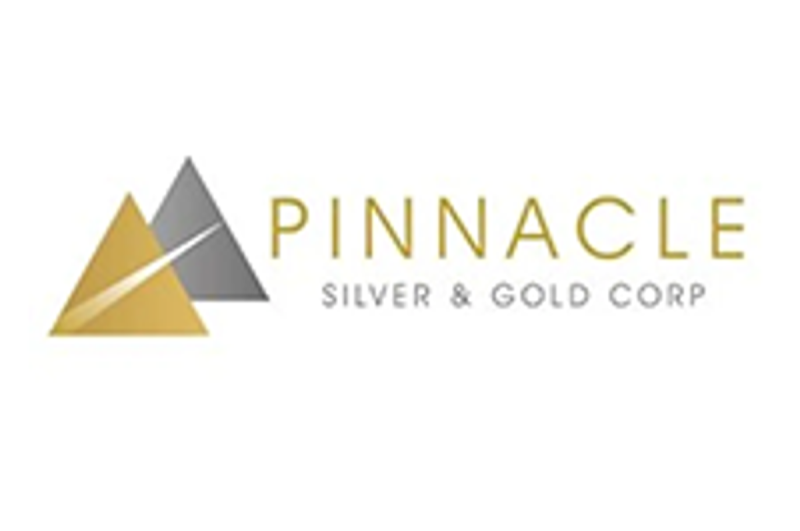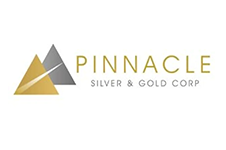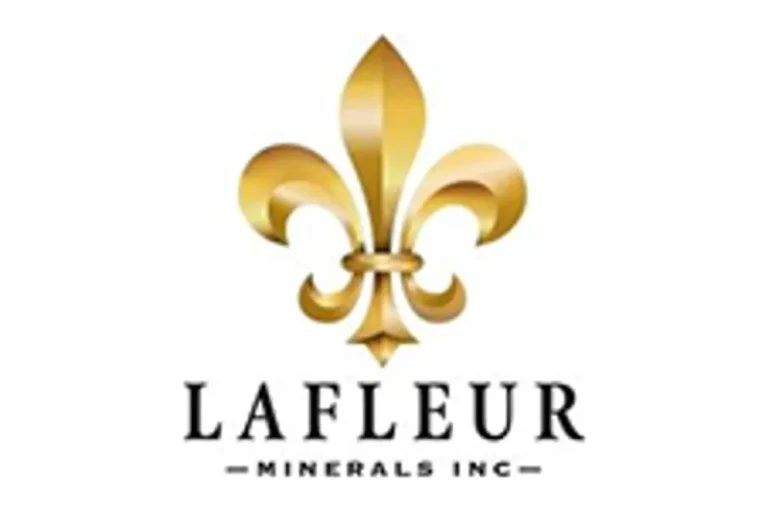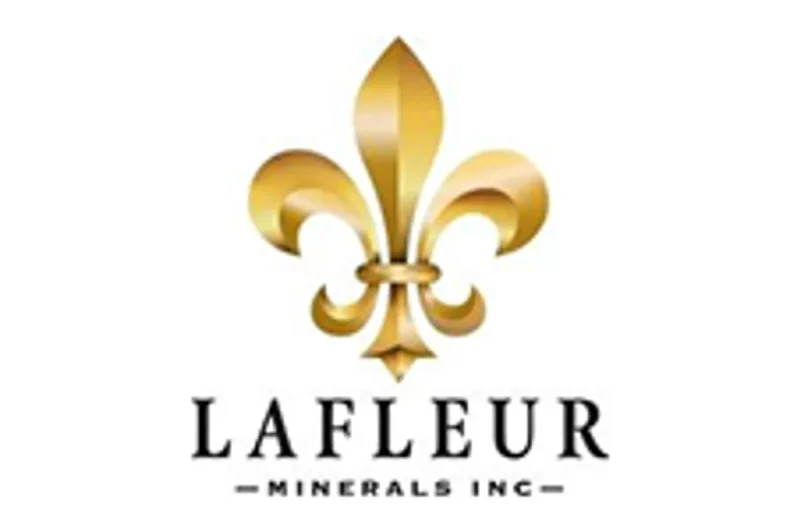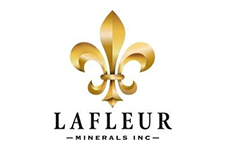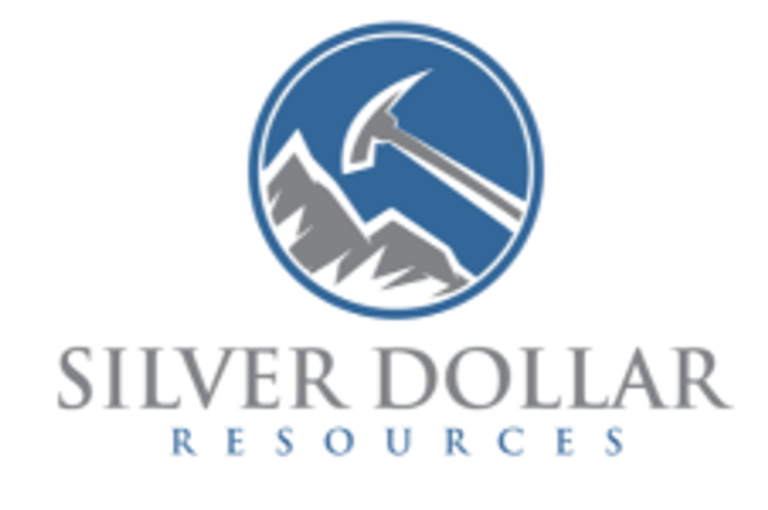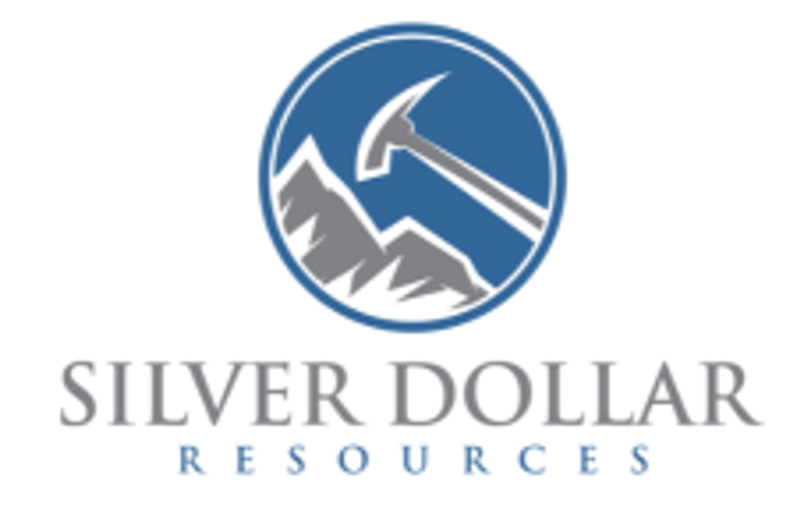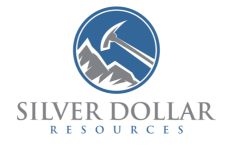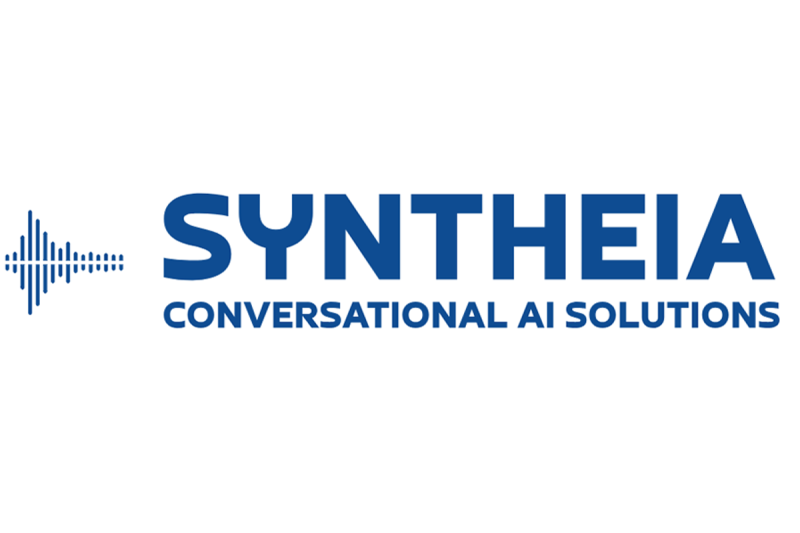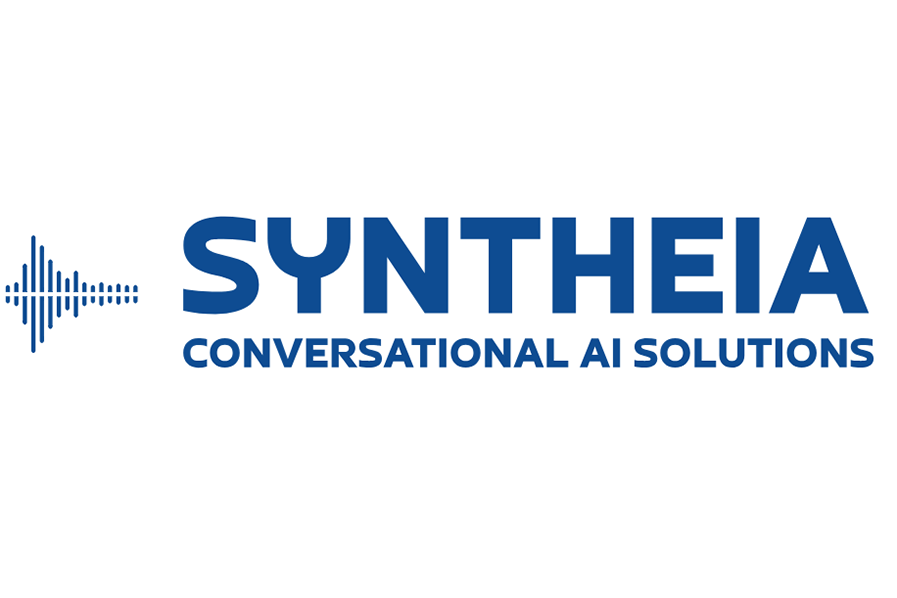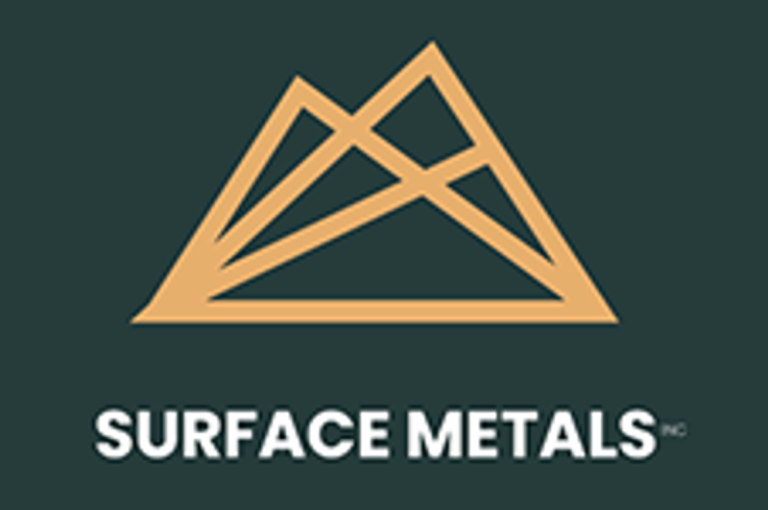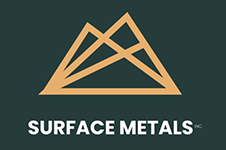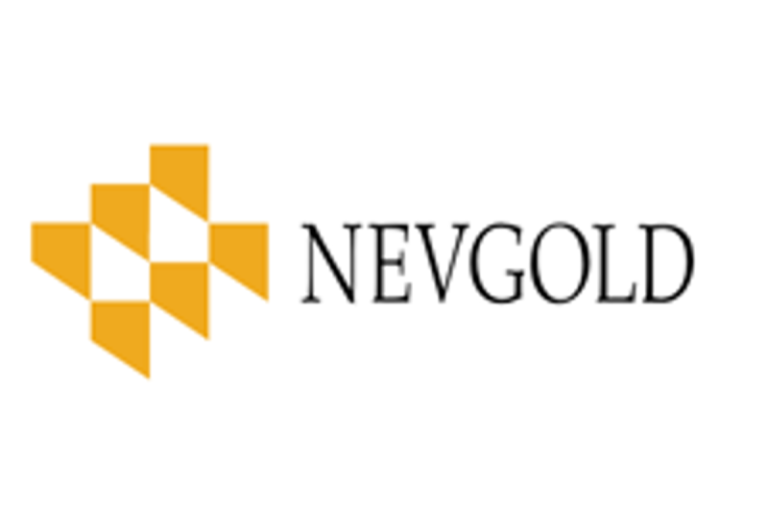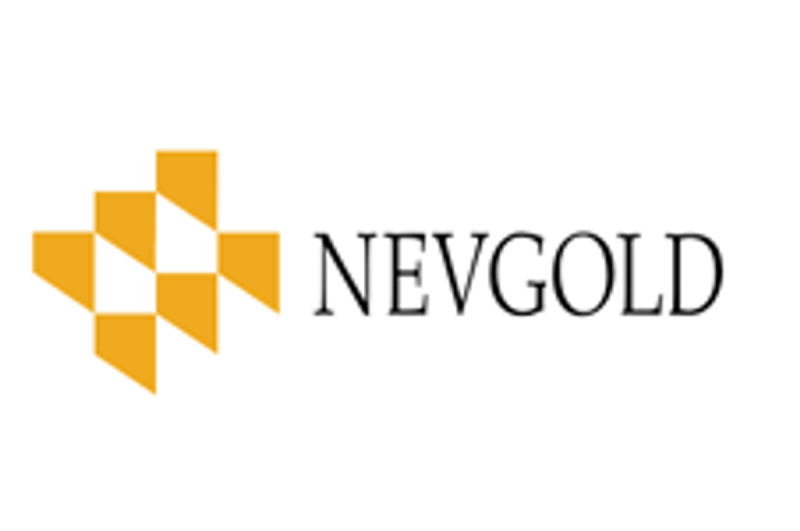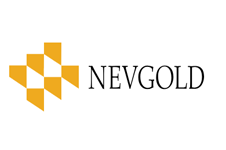

The long-debated issue of US cannabis rescheduling is finally back in the spotlight.
On Thursday (December 18), President Donald Trump signed an executive order to expedite the process of moving cannabis from Schedule I to Schedule III under the Controlled Substances Act. Market watchers are now assessing what such a shift could mean for the industry, from taxation and access to broader investment potential.
What do industry experts think about cannabis rescheduling?
Sasha Nutgent, vice president of cannabis retail, Housing Works Cannabis
As it stands today with the current classification, retailers are not incentivized to operate legally. Reclassification would change that for thousands of businesses, especially those owned by folks from communities most impacted by the war on drugs.
Anthony Coniglio, CEO of NewLake Capital Partners (OTCQX:NLCP)
We welcome President Trump’s directive to the Department of Justice to finalize the rescheduling of cannabis from Schedule I to Schedule III. This represents a historic and long-overdue alignment of federal policy with scientific evidence, medical practice and the regulatory reality already functioning across most US states.
Now, follow through is critical. We urge the DOJ and DEA to move swiftly to issue the Final Rule and complete the rescheduling process. Doing so would finally remove the punitive burden of Section 280E, allowing compliant, state-licensed operators to reinvest in growth, innovation and workforce development across the nearly half-million Americans employed in this industry. This is not about legalization — it’s about legitimacy. Responsible operators have long followed strict state-level compliance frameworks that prioritize safety, transparency and consumer protection. Rescheduling would rightfully distinguish these businesses from illicit markets and allow federal enforcement to focus where it truly belongs: on criminal cartels, not compliant small businesses. This announcement is a milestone, not a finish line. Congress must build on this momentum by passing the bipartisan SAFER Banking Act and advancing STATES 2.0 to create a durable national framework that strengthens safety, access and accountability for all stakeholders.
Harrison Bard, CEO and co-founder, Custom Cones USA and DaySavers
Rescheduling will further stack the odds against small operators, but this type of change is a long-overdue step toward treating cannabis like the legitimate medicine so many veterans already rely on. For years they’ve been forced to navigate stigma, inconsistent access and out-of-pocket costs just to manage pain, PTSD and other service-related conditions. A more rational federal framework won’t solve everything, but it moves us closer to the kind of recognition, research and support our veterans deserve. At DaySavers, we’ve tried to honor that community in our own small way through our ‘Cones for a Cause’ line, which sends a portion of proceeds directly to the Weed for Warriors Project. Veterans have carried the weight for the rest of us; it’s time our policies — and our industry — carry some of it back.
Chris Fontes, founder and CEO, High Spirits
While any incremental progress for normalizing cannabis is worth celebrating, Schedule III is not the savior the industry believes it to be. The requirements for legal participation in a Schedule III market are burdensome, and it’s unlikely that any significant portion of the industry will be able to properly participate.
Relief from 280e is exciting, but selling a Schedule III drug without drug approval, licensure, etc. is still quite illegal. Sadly, this will not be the win the industry wants it to be, and much more work is yet to be done. Further, let’s not forget we already have some version of cannabis that is completely descheduled, and we’re still fighting to keep it that way.
Therefore, we should be cautious to simultaneously celebrate marijuana moving to Schedule III while also ignoring — or in some cases, celebrating — the rescheduling of hemp products that are currently off the schedule all together.
Will cannabis rescheduling improve access to banking?
Sierra Elaina, CEO, Lehua Brands
Rescheduling cannabis would be a turning point for an industry that’s been operating under impossible conditions. Treating cannabis as a Schedule I drug has restricted banking, crushed margins through unfair tax rules and prolonged stigma that no longer reflects reality. This change could finally legitimize cannabis as a regulated business — one with access to banking, fair taxation and a path forward for operators who have been hanging on by a thread.
Terry Mendez, CEO, Safe Harbor Financial
President Trump’s rescheduling cannabis by executive order marks a significant shift in tone from Washington and a meaningful moment for an industry long stuck in legal limbo. Reclassifying cannabis as Schedule III would acknowledge its medical legitimacy and begin to correct a half-century of misguided federal policy.
That said, rescheduling is not reform. The core challenges around cannabis banking such as compliance burdens, cash dependency and regulatory uncertainty would remain unchanged. The industry would still fall under the Bank Secrecy Act, with all its reporting and monitoring obligations intact. This moment is likely to invite broader interest from financial institutions, but without structural reform or updated guidance, many will remain cautious. A true fix requires a coordinated federal framework that aligns financial policy with the realities of a US$38 billion state-legal industry. Any step forward is welcome, but incremental progress should not be mistaken for a comprehensive solution. The cannabis sector deserves financial clarity, not just legal signals.
Ryan Hunter, chief revenue officer, Spherex
Cannabis is still federally illegal — but even as a federally illegal substance — the move to Schedule III dramatically reduces the federal tax burden for operators. Under IRS code 280E, handling Schedule I or Schedule II substances eliminates the ability for operators to deduct standard operating expenses that most other businesses deduct from their federal taxes. As a result of 280E, cannabis operators’ effective tax rate may be as high as 80 percent.
Beyond this significant improvement, the implications are unclear, but we’re hopeful that this move will allow for cannabis operators to garner the same investment opportunities other industries will enjoy.
Joe Gerrity, CEO, Crescent Canna
If marijuana is reclassified to Schedule III, it immediately strengthens the regulated marijuana industry by eliminating 280E and recognizing legitimate medical uses — but the more important ripple effect is what it means for hemp. With hemp THC products set to be effectively banned next November without new legislation, a federal move to loosen restrictions on marijuana while simultaneously eliminating a thriving hemp market is completely illogical and contradictory. Reclassification increases the likelihood that Congress and the federal government will move toward a coherent framework that keeps hemp products legal but properly regulated.
Mark Lewis, president of Specialty Payments, Lüt
Make no mistake, rescheduling is just the beginning for those working in the cannabis industry. Until the SAFE Banking Act or 280E is passed, operators will still have to jump through challenging financial hoops to pay their staff, bills or garner investment. The moment is historic, but until cannabis businesses can operate fiscally with the same ease as any other business, more work needs to be done.
Payments still need to work in the reality of today, where the ongoing threat of card network shutdowns exists, not just the promise of future reform. While rescheduling may open doors over time, it does not remove the day-to-day financial friction that cannabis operators face right now.
Lüt is uniquely positioned to support the cannabis industry and help businesses grow safely, compliantly and confidently.
Adam Stettner, CEO, FundCanna
Rescheduling cannabis to Schedule III will deliver immediate, measurable impacts. Most notably, it eliminates Section 280E from the federal tax equation for licensed operators — a change that, for many, is the difference between treading water and turning a profit. It also unlocks long-blocked research pathways, enabling rigorous clinical studies, standardized formulations, and a new era of product innovation.
Additionally, it has catalyzed a broader shift across the industry pushing cannabis businesses to adopt more institutional practices around banking, compliance, financial reporting and governance.
What would rescheduling mean for medical cannabis?
Ryan Hunter, chief revenue officer, Spherex
The real win here is for medical cannabis. By moving cannabis to Schedule III, Cannabis will be treated similarly to ketamine, Tylenol + Codeine and anabolic steroids — all drugs that have been approved by the FDA for use with a doctor’s prescription. Not only will those in states without medical cannabis programs gain access, but as markets evolved to recreational programs, many remedies for patients have been left behind due to the dramatically larger demand for adult use products relative to medical products. At Schedule III, it’s much more practical for mainstream physicians to prescribe cannabis products.
Alex Gonzalez, president and co-founder, Calyx Containers
Whenever the White House moves forward with Schedule III, the federal government is effectively telling us that cannabis is medicine. And if it’s medicine, ‘good enough’ cannabis practices won’t cut it anymore. Whether rescheduling happens next month or next year, the direction is clear: cannabis is moving toward pharma-grade standards. For brands, that means tightening quality systems, investing in the ability to react or scale and preparing for a regulatory-ready supply chain. We’re seeing the smart operators on shoring infrastructure and we’re positioning our domestic production and business model on being ready to help operators turn this moment into a competitive advantage.
Mark Lewis, president of specialty payments, Lüt
Rescheduling is the single most important drug policy move in decades. The potential opportunities for medical and scientific research will significantly increase, while those living in states without an existing medical program will now have access to the powerful healing properties of the plant.
Ali Garawi, co-founder, CEO and CFO, Muha Meds
If Trump moves to reschedule cannabis, it would be a long-overdue acknowledgment that this plant never belonged in the most restrictive drug category. Cannabis has centuries of real-world use behind it for pain management, appetite and sleep, yet it has been trapped in a legal framework built on fear, stigma and misinformation. Federal prohibition hasn’t protected consumers — it has only created impossible hoops for legitimate businesses to jump through.
While cannabis should be entirely descheduled, rescheduling is an important move forward. It would create space for common-sense regulation, banking access, medical research and consumer protections that should have existed years ago. For consumers, that means safer products, better testing standards, more consistent access and pricing that reflects a functioning, regulated market rather than prohibition-era risk.
At a time when the country is facing an ongoing overdose and mental health crisis, continuing to treat cannabis as a threat is nonsensical. Rescheduling would not solve everything, but it would be a meaningful step toward replacing outdated ideology with education, safety and public health reality.
Josh Kesselman, publisher, High Times Magazine; founding force behind RAW Rolling Papers
I, among others in the industry, are very concerned that Trump’s news of rescheduling is a false flag!
Moving THC to Schedule III would allow big pharma to launch their synthetic THC pills available by prescription only at huge costs and subject current dispensaries to a whole new set of felonies under the FDCA (Food and Drug Cosmetic Act). These “new” federal crimes include selling a prescription drug without a license, dispensing a drug without a prescription, misbranding a drug, illegal distribution, conspiracy and more!
In fact, the penalties under Schedule III actually increase, not decrease, depending on what a federal prosecutor chooses to charge a seller or grower with.
Gennaro Luce, founder and CEO, CannaLnx, powered by EM2P2
Rescheduling is an important and overdue shift for patient-centric healthcare, but the move to Schedule III alone isn’t enough to make medical cannabis more accessible or affordable. Schedule III puts cannabis in the same drug class as certain types of Tylenol, but what does that mean for patients? We hope it means more will be able to access their medicine through insurance plans and traditional doctors.
But insurers still need verification, compliance and eligibility frameworks before they can treat medical cannabis like a real benefit. That part of the system is still missing from the national conversation — fortunately, it’s the medical-cannabis system piece we’ve already built and tested alongside physicians, patients, dispensaries, POS systems and insurers.
Gibran Washington, CEO, Ethos
Rescheduling cannabis from Schedule I to Schedule III is a long-overdue acknowledgment of what patients, providers and responsible operators have known for years: this plant has real therapeutic value, and the current federal posture has been holding progress back. Rescheduling won’t fix every challenge in front of us, but it finally moves us in the right direction opening clearer pathways for research, easing unnecessary barriers for patients and creating a more functional regulatory environment for operators who are doing this the right way.
At Ethos, our commitment has always been to education, science and access. This shift should be the beginning of broader reforms that address affordability, equity and the stigma that still shadows this industry. If done thoughtfully, rescheduling can be a catalyst for a more transparent, patient-centered and responsible cannabis ecosystem.
JP Doran, CEO, Crucial Innovations
We applaud the US government for undertaking the most significant reform in federal cannabis policy since the 1970s. While rescheduling stops short of full federal legalization, it meaningfully reduces research barriers, modernizes regulatory oversight and formally acknowledges the medical value of cannabis within federal policy.
Because this development comes from the world’s largest pharmaceutical market, its impact extends far beyond US borders. It is expected to catalyze international momentum, encouraging regulators in the UK, EU, South Africa and other emerging markets to revisit outdated frameworks, align with evolving scientific evidence and create clearer pathways for medical cannabis innovation. Greater regulatory convergence will help unlock cross-border research, harmonize quality standards and expand patient access globally. As global markets respond to this shift, rescheduling stands to accelerate the development, approval and international distribution of next-generation cannabis-based medicines. We welcome reforms that advance transparency, safety and patient access, and we look forward to contributing to a more connected, science-driven global cannabis ecosystem.
Betty Aldworth, co-executive director, MAPS; chair of the Marijuana Policy Project
The recently reported intent to reschedule cannabis by executive order marks a symbolic victory and a recalibration of decades of federal misclassification. If enacted, reclassifying cannabis as a Schedule III substance would be a long-overdue acknowledgment of its medical utility and a sharp rhetorical shift from Washington.
But symbolism is not structural reform. Rescheduling alone will not untangle the web of barriers facing cannabis consumers and the industry that serves them. It will not resolve the profound dangers of cash-only operations. It will not eliminate the risks to cannabis consumers embedded in housing policy, immigration policy, workplace drug testing, or family law. It will not establish the regulatory clarity required for millions of patients to receive insurance coverage when they choose cannabis over pharmaceutical interventions that may offer less benefit or carry greater risk.
This moment will generate headlines and optimism, but without comprehensive federal reform to address continued criminal sanctions, collateral consequences and financial obstructions faced by cannabis businesses, the communities most impacted by prohibition will continue to face disproportionate barriers.
Cannabis regulation is not a fringe experiment — it is a $38 billion economic engine operating under state-legal frameworks in nearly half of the country that has delivered overall positive social, educational, medical and economic benefits, including correlation with reductions in youth use in states where it’s legal. Cannabis policy must catch up to political reality. Anything less is not reform. It’s a delay.
Securities Disclosure: I, Meagen Seatter, hold no direct investment interest in any company mentioned in this article.
This post appeared first on investingnews.com
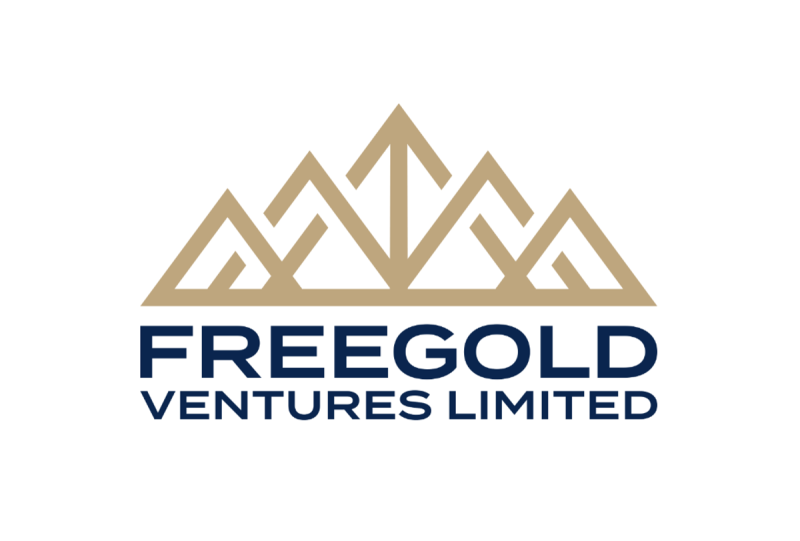
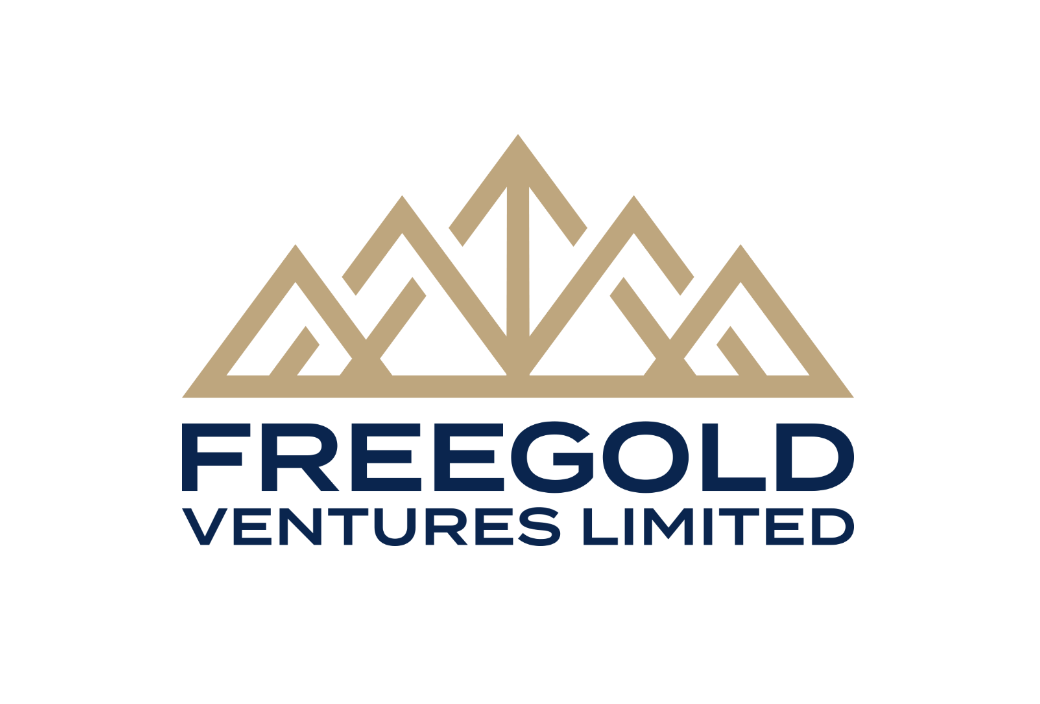

![]() View original content to download multimedia: http://www.newswire.ca/en/releases/archive/December2025/18/c0220.html
View original content to download multimedia: http://www.newswire.ca/en/releases/archive/December2025/18/c0220.html
